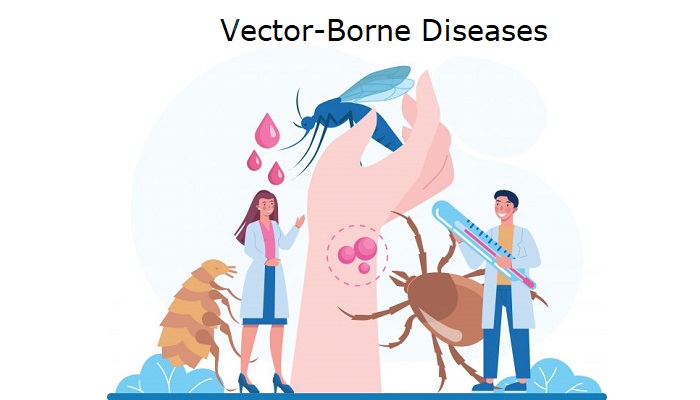A digital portal has been launched by the Institution of Engineering and Technology, a professional engineering institution, to track vector-borne diseases in India.
The software, which tracks mentions of dengue, malaria, and chikungunya, is known as Social Analytics for Rapid Transformation in Health for India (SARTHI). The Centre for Health Research and Innovation, Capgemini, and Siemens Healthineers India collaborated on its development.
WHAT IT DOES
SARTHI reviews and tracks occurrences of the aforementioned diseases using publicly accessible information from digital sources such as online newscasts, newsgroups, blogs, and social media platforms like Twitter, Facebook, and Instagram. To trace and locate their source to district and street locations, it examines this detailed data.
The software offers several data presentation options, including map view, trend view, and table view with sophisticated filters. Additionally, it displays data on each monitored ailment at the macro and micro levels.
The SARTHI project assists the Indian government in its efforts to conduct a nationwide disease surveillance program. The research, funded by Siemens Healthineers India’s CSR project, lays the groundwork for developing a model for forecasting disease epidemics.
It all began when researchers realised there was a substantial amount of non-personal data available through open-source websites that may be utilised as illness indicators. According to the IET, illness outbreaks can be prevented in the country by using focused analysis and precise forecasts that are based on user-generated data that is in the public domain. The national disease surveillance programme for India, which costs $78 million, currently uses decentralised lab data. The IET stressed that real-time monitoring and forecasting of disease outbreaks could still help the programme improve.
The Integrated Health Information Platform was updated last year by the Ministry of Health and Family Welfare, and it now offers real-time data that is combined from both public and private health facilities. Additionally, it can monitor 33 disorders, up from 18 in the past.
They hope that this project will help the Indian government in its efforts to prevent and manage disease. In addition to helping India achieve its Sustainable Development objectives of good health and well-being and reducing disparities, the project has the potential for widespread implementation, IET India’s director and country head, Shekhar Sanyal, said.
According to Dr. Vikram Venkateswaran from the Healthcare Working Group at the IET Future Tech Panel, the SARTHI prototype is just the beginning. In addition, a predictive model, according to him, will be created as part of the cooperation, aiding the nation in proactively shifting healthcare infrastructure and resources to meet disease outbreaks.


















